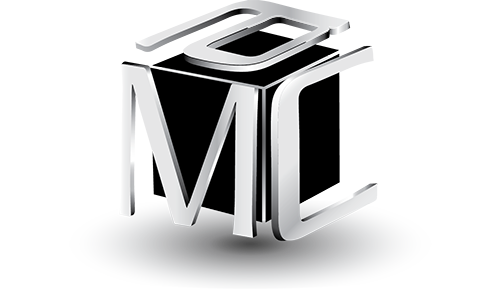I recently had the privilege of visiting several of US’s most successful and admired organizations, including Google and Facebook. It was a marvelous opportunity to experience how these rapidly growing and innovative firms leverage culture.
A comment by our Facebook host really stuck with me. When we were talking about their approach to talent, he said that Facebook, “hires hard, manages easy and fires fast.” I thought that was a brilliant but simple summary of an effective talent strategy. Simple, yes . . . but how do you operationalize hard, easy and fast? I’ll give it a shot.
Hiring Hard
I’ve always said that if I had only $100 to spend on talent, I’d spend $90 on selection and $10 on identifying and developing high potentials. A bit of an exaggeration but meant to highlight the important role that selection can play in building the capability of an organization.
Most firms focus on “screening-out” candidates. I prefer to emphasize “screening in”. Companies often set requirements that have nothing to do with reality and, therefore, are not valid. College GPA is a good example. GPA does not predict future performance or potential but shows up quite often. Keeping a high selection ratio (the number of candidates per opening) is an important determinant in the utility of hiring. Get as much valid information about as many candidates as possible and keep them in the running until the very end, then pick from the best on all factors.
Another downfall I often see is selecting or screening candidates on competencies that are easy to learn or that can be picked up in a short time on the job. Functional or technical knowledge is often the culprit here. Hiring managers like to see people who have exact experience in their specific industry or function. This has the effect of significantly narrowing the talent pool. Managers like to say that they want to hire someone who can “hit the ground running.” I counter by pushing them to find talent that can “hit the ground developing” and that has potential for the next two roles.
My background is in testing and assessment so know when standardized testing can make a difference. Unfortunately, I seldom see good examples. There are too many questionable assessments available, proffered by someone who bought a franchise and has no testing background. They emphasize using the test to screen out candidates, immediately lowering the utility and validity of the whole process. Personality-based assessments are the worst examples. Even if the assessments are well constructed, I find that companies do not use the tool appropriately (for example, wanting to set pass or fail scores). If you want to add testing to your selection process, use the data to add to your knowledge of the candidates, not as a screen. And work only with reputable firms that employ licensed psychologists.
Manage Easy
Millennials and their effect on the workplace is a hot topic. However, it’s my view that what organizations need to do in response to generational differences is not unique from one decade to the next. That’s because what it takes to create a successful career and the competencies required to be successful have not changed significantly. “Managing easy” is a great way to describe the style needed to support career success.
Successful people exhibit a similar set of strategic, operational, positioning, interpersonal and personal skills, no matter their generation. They develop a repertoire of behaviors by navigating a range of challenging experiences with guidance, support and feedback from leaders and peers Values may differ across generations but the behaviors that make a difference at work do not
So what’s an organization to do? It turns out that the most effective practices for Millennials are what high-performing organizations have been doing, no matter the generation.
- Hire capable people (see Hiring Hard) and get out of their way. (Challenge them)
- Establish policies that are NOT focused on the 5% who abuse privileges but the 95% who will do the right thing (Trust them)
- Provide meaningful, value-added work that is linked to the overall success of the business, a “Greater Good” (Engage them)
- Build careers based on “moving around” among challenging assignments, not just “moving up” in a department (Develop them)
- Create a team-oriented culture that fosters innovation and collaboration (Support them)
- Build competency-based talent management systems that define and reward success not longevity (Recognize them)
- Employ performance management processes that provide systematic and meaningful feedback, not a rating (Feed them)
Fire Fast
Our host stated that there is no room for “brilliant assholes” at Facebook. Google said that they are better at firing than hiring (and their hiring process was impressive). There is a huge payoff for Identifying and quickly addressing non-performers or those that detract from an organization’s culture. Marginal leaders create disengagement and drive turnover. Non-performers drag down the performance of any team on which they participate. Low performing, low potential employees are terrible at hiring high-performers; they don’t know high performance when they see it. I could go on and on about the significant drag that brilliant assholes and other marginal employees have on organizations. It is a drag that is often ignored. Managers lack to courage to address the problem so non-performers are moved around, hidden or given less and less responsibility.
High-performing companies regularly assess talent and quickly address both opportunities and challenges. Google has eliminated the typical performance review (see Manage Easy) but conducts regular “calibration” reviews of talent. My experience is that regular, objective and candid reviews of talent at all levels are hallmarks of top-notch talent management systems.
That’s my take on hire hard, manage easy and fire fast. Nothing earth shattering but high impact. Where to start? Fire fast to get the quickest benefit then hire hard and manage easy.


